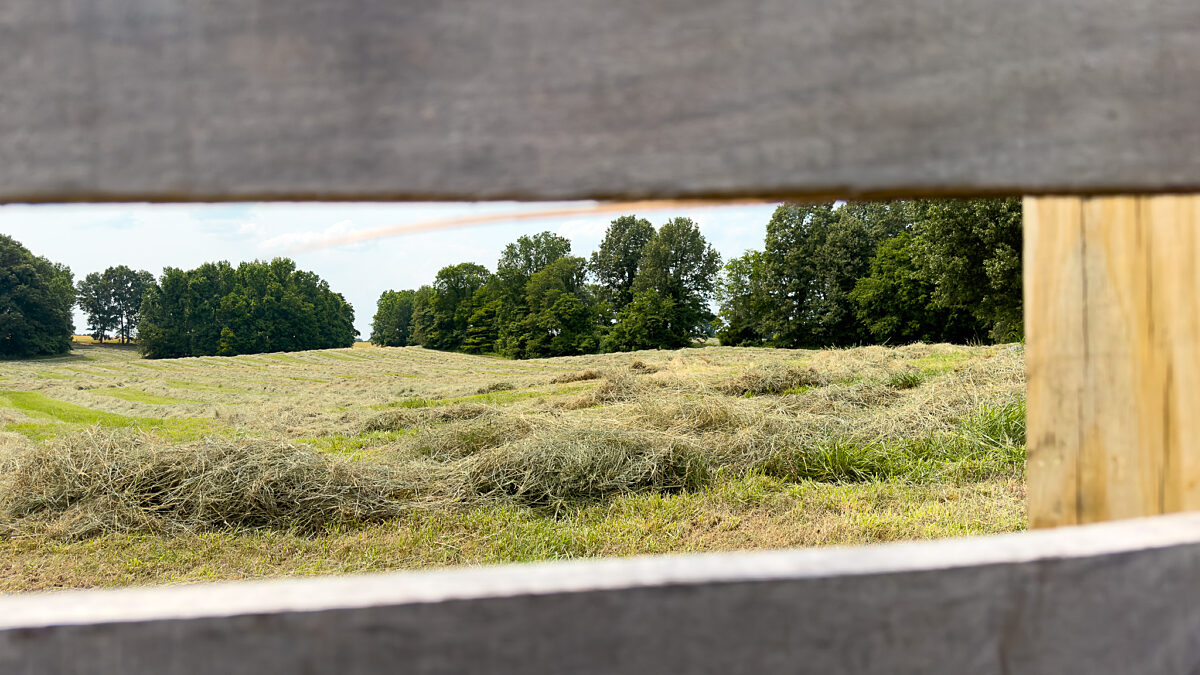Fire in the Sky
TOPICS
Controlled burning on farmsGuest Author
Special Contributor to FB.org

photo credit: AFBF Photo, Morgan Walker
Guest Author
Special Contributor to FB.org
By Greg Doering
While driving through the Flint Hills of Kansas one evening recently I saw the most brilliant sunset. The day had been mostly overcast, with a gentle breeze from the northwest. It was a perfect day for prescribed burning in the nation’s largest patch of tall grass prairie.
I watched as flames licked at last year’s growth, stretching skyward as the sun dropped toward the horizon. The clouds broke, but the smoke-filled air dispersed purple, red and orange hues. It looked as if the burning prairie had ignited the entire sky.
Controlled burns control weeds, nourish the soil, destroy parasites living in dead grass and help preserve the prairie ecosystem.
It was a beautiful sight, and just a small part of the 2.5 million acres farmers and ranchers have ignited in the Flint Hills this spring. There are still a few days left in the season, which typically runs into early May.
Stretching from just south of the Nebraska border down into northern Oklahoma, the Flint Hills are home to the remains of an ecosystem that once covered much of the Great Plains. The rocky terrain saved nearly 10,000 square miles of tallgrass from being plowed under.
While I know the benefits of prescribed burning, it’s one agricultural practice that’s often misunderstood.
Fire is a vital tool to preserve this patch of grass. Without it, cedar trees and weeds take over robbing the grass of the nutrients and water it needs.
“We try to burn every year, so we have new fresh grass,” Lyon County rancher Jacquelyne Leffler said. “We do it for weed control, but we also want that fresh grass that gives us optimal gain for our cattle as well. We’re in the market to be profitable, too.”
Leffler and her family run a stocker operation that places 600-pound cattle on grass around mid-April.
“Hopefully when we pull them off in August, we’ll have around 2.2 to 3 pounds of gain per day,” Leffler said.
While fire is friendly to ranchers’ bottom line, it’s also good for the environment.
Controlled burns control weeds, nourish the soil, destroy parasites living in dead grass and help preserve the prairie ecosystem. Fire is vital to wildlife like prairie chickens and other grassland birds. Most of that can be achieved through other means, but Leffler said, those aren’t nearly as efficient as fire.
“It’s cheaper to be able to light a match and just have some water to control it,” Leffler said. “It makes it so our land is sustainable for the future generations that will be here.”
Safety is a key component of prescribed burns, Leffler said. And that starts with knowing where you’re burning.
Our ground isn’t necessarily flat and smooth, so we try to make sure everybody knows where the bigger ditches are, Leffler said, noting that helpers also carry tools to cut fence if they need a quick escape route.
“We leave at least a 50-foot backburn anywhere we want the fire to stop,” she said. “Once we do that, we make sure everyone’s accounted for, and then we go into the process of lighting the head fire.”
Pushed by the prevailing wind, the head fire clears the land of cedars and other woody plants.
“That means more grass is going to be able to come up, so that means more feed for our cattle, which is going to contribute to those better gains,” Leffler said.
Greg Doering is a writer and photographer at Kansas Farm Bureau. This column was originally published as a Kansas Farm Bureau Insight column.
Trending Topics
VIEW ALL